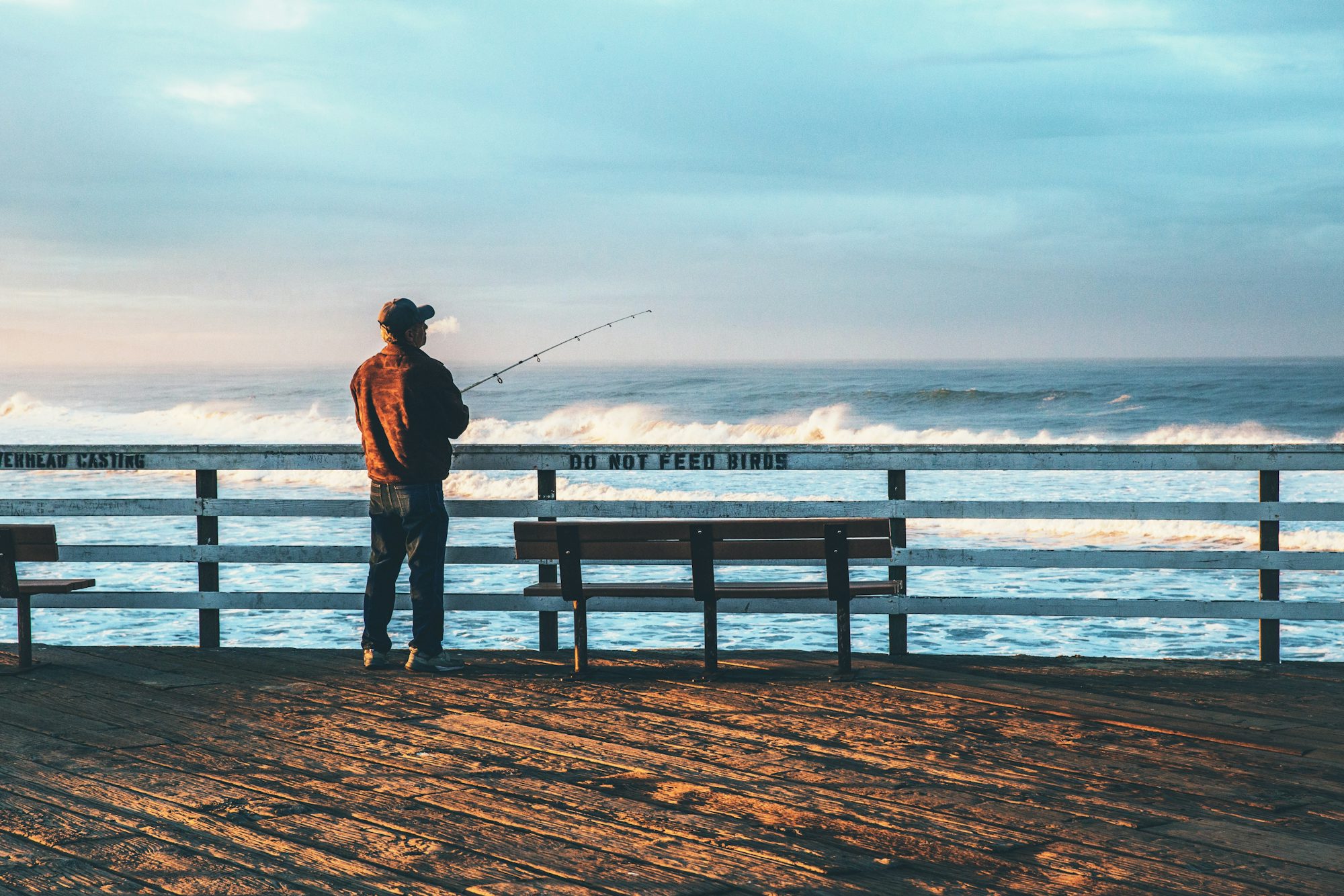At its core, trawling can be divided into two main categories: bottom trawling and midwater trawling. Each method targets different species and habitats, making it essential for anglers to understand the distinctions between them. Bottom trawling involves dragging a net along the seafloor, capturing species that dwell near the bottom, such as shrimp, cod, and flounder. This technique is often used in deeper waters where the substrate is more complex, allowing fishermen to target specific fish populations effectively.
On the other hand, midwater trawling takes place in the water column, targeting pelagic species that inhabit deeper waters but do not stay close to the bottom. This method is particularly effective for catching fish like mackerel, herring, and pollock. By adjusting the net's depth, anglers can effectively target these species, making midwater trawling a versatile approach for various fishing environments.
Before embarking on a trawling adventure, it's crucial to have the right equipment. The primary component is the trawl net itself, which comes in various sizes and designs depending on the target species and the fishing environment. A well-designed net should have a strong structure, allowing it to withstand the forces of being dragged through the water. Additionally, having the right boat is essential, as it should be capable of handling the size and weight of the net, along with the necessary gear and crew.
One of the advantages of trawling is its efficiency. Anglers can cover a vast area in a relatively short time, making it ideal for commercial fishing operations looking to maximize their catch. The ability to catch multiple species at once can also contribute to a diverse harvest, benefiting both fishermen and consumers. However, this efficiency comes with its challenges. Overfishing and bycatch—unintended species caught in the net—are significant concerns that anglers must consider.
To mitigate these issues, sustainable trawling practices have emerged. These practices focus on minimizing bycatch and protecting marine habitats. One effective strategy is the use of selective gear, which allows fishermen to target specific species while reducing the capture of non-target species. For example, using nets with larger mesh sizes can help smaller fish escape, ensuring that only mature fish are retained. Additionally, employing time and area closures can protect spawning populations and critical habitats, promoting a healthier marine ecosystem.
Safety is another vital consideration in trawling. Anglers should be aware of weather conditions and potential hazards in the water, such as underwater structures or other vessels. Having a well-trained crew and adhering to safety protocols can significantly reduce the risks associated with trawling. Ensuring that all equipment is in good working order, and that safety gear is readily available, is essential for a successful outing.
As technology continues to advance, so too does the art of trawling. Innovations such as sonar technology and GPS systems have transformed how anglers approach this technique. Sonar allows fishermen to locate schools of fish more effectively, increasing their chances of a successful haul. Similarly, GPS technology enables anglers to navigate and map productive fishing areas, allowing for more efficient trips.
Trawling is not only about the technical aspects; it also requires an understanding of marine ecosystems. Knowledge of fish behavior and habitats can lead to more successful fishing trips. For example, understanding the migratory patterns of certain species can help anglers anticipate when and where to fish. Additionally, being aware of seasonal changes in fish populations can aid in selecting the right time to venture out.
In conclusion, trawling is a fascinating and effective fishing technique that offers numerous benefits to anglers. By understanding the various methods, investing in the right equipment, and adopting sustainable practices, fishermen can maximize their success while protecting marine ecosystems. Whether you are a seasoned professional or a recreational angler, trawling presents an exciting opportunity to explore the depths of our oceans and lakes. With a focus on safety and sustainability, you can enjoy the thrill of the catch while ensuring the health of our waterways for future generations.
So gather your gear, plan your trip, and prepare to experience the adventure that awaits in the world of trawling.
